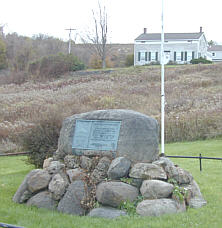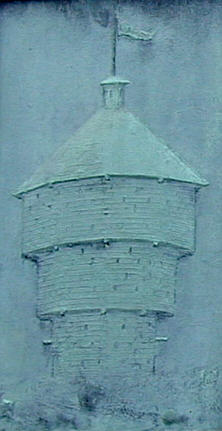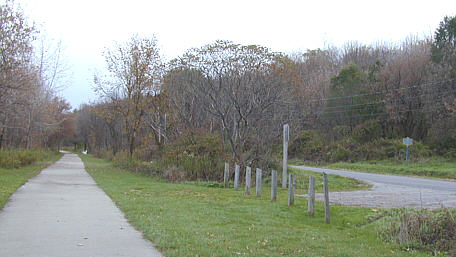FORT PLAINNEW YORK |
 |
FORT PLAINNEW YORK |
 |
Fort Plain was built by Colonel Dayton of the Continental Army in 1776 on the site of today’s Fort Plain Museum. Like other forts in the Mohawk Valley at the time, it was a refuge for neighbors during the savage raids by British forces composed of Tories and Indians.
 |
Fort
Plain Museum Site of Revolutionary War fort and blockhouse. 1780-1783. National register historic site. (Route 5S Marker) |
In one such raid, in August of 1780, women helped to “man” Fort Plain. After seeking refuge in the fort, the women donned men’s hats and carried poles. Showing themselves sufficiently above the stockade, the Indians and Tories retreated after seeing the large garrison at the fort.
Later in 1780, General Robert Van Rensselaer made Fort Plain his headquarters, renaming Fort Plain after himself, Fort Rensselaer, however the name change did not stick.
In June 1781, Colonel Marinus Willett was given command of the forces in the Mohawk Valley and took up headquarters at Fort Plain. Willett, whose home was the British-occupied New York City, was well respected in the valley and was eventually promoted to general. Later, he became mayor of New York City.
 |
“Let
the Work of our On the adjacent hill summit stood Fort Plain erected 1776 and its blockhouse, built 1780. Military headquarters of the Mohawk Valley, 1780-1784. General Washington here July 30, 1783. Erected by Fort Plain Chapter Daughters of the American Revolution, October 19, 1928. (Route 5S Marker) |
On July 31, 1783, General George Washington inspected the garrison of Fort Plain and was given a military salute on his tour of the Mohawk Valley near the end of the war.
Fort Failing Marker --
 |
|
Fort Failing Home and place of refuge built ca. 1770, by Nicholas Failing for his son Henry, later the home of Colonel Hendrick Frey (Route 5S Marker) |
